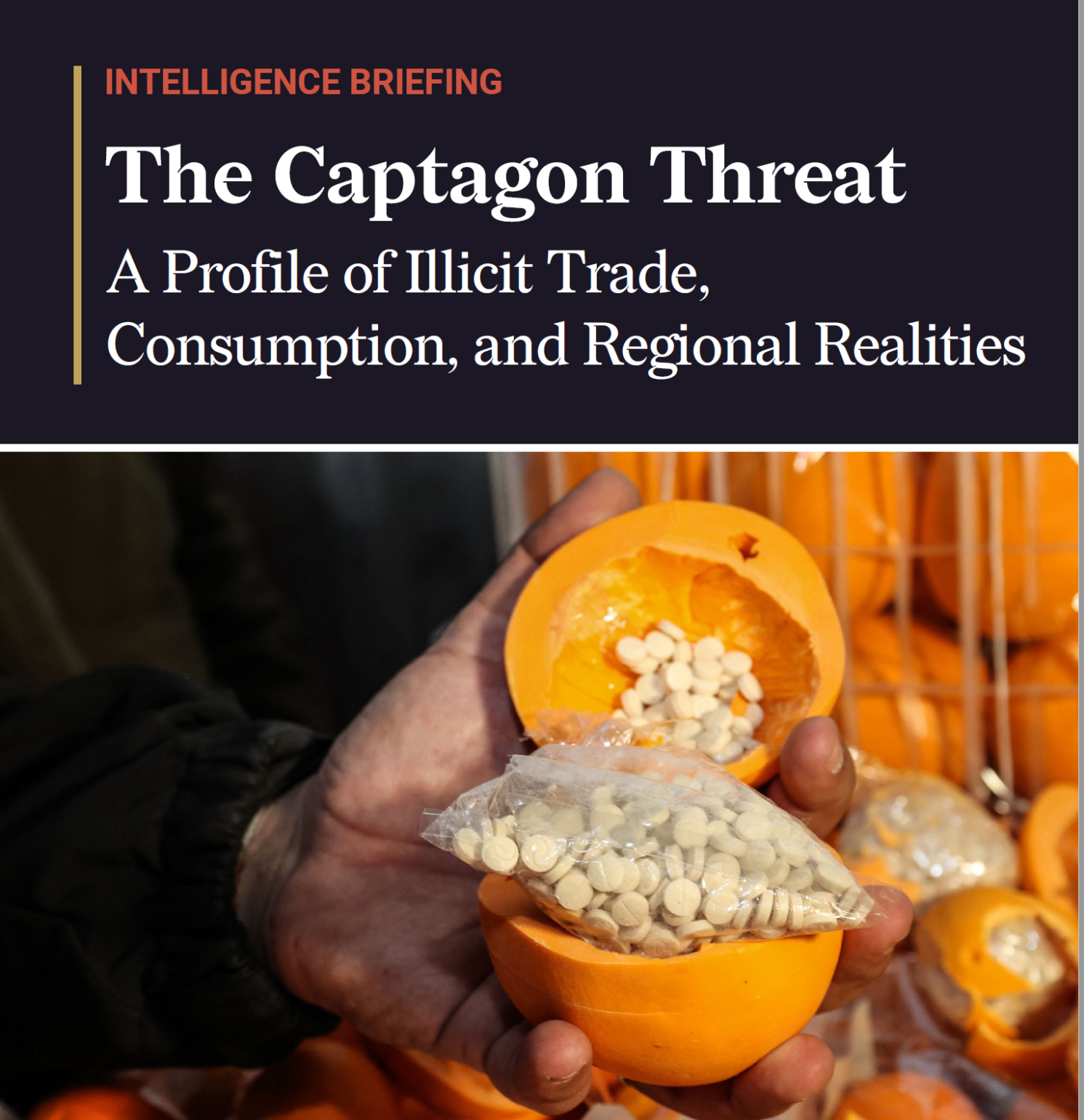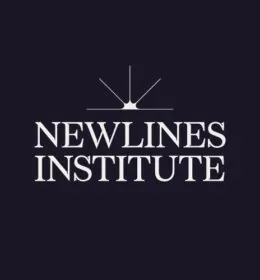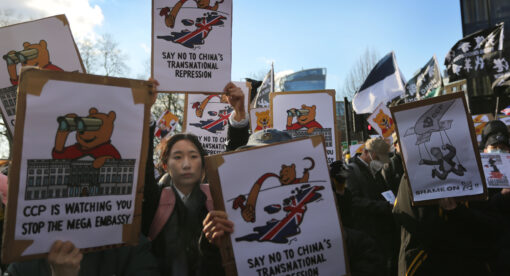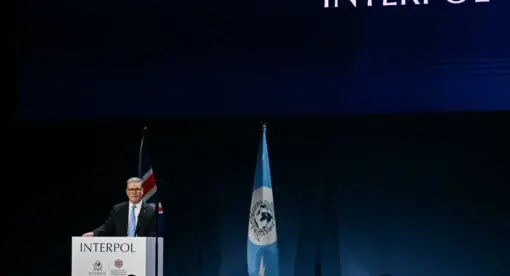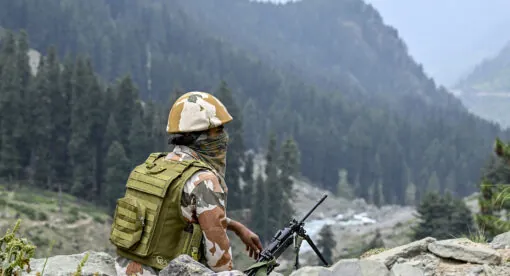Executive Summary
The forecast for the impacts of the captagon trade is serious; the expansion of production and trafficking, coupled with the Syrian government’s intransigent treatment of people who use drugs and lack of public health provisions, paints a poor picture of Syria moving forward. This special report reveals new insights about captagon’s production, consumption, trafficking, and destination markets that have affected the Levant, Mediterranean, and Gulf security landscape:
■ Captagon production patterns have shifted in Syria from smaller, fragmented operations in rebel-held areas to industrial, containerized operations in territories held by the regime of President Bashar al Assad. Smuggling operations are becoming more sophisticated, and new overland and maritime routes are being identified, posing a severe challenge to law enforcement agencies in the region and internationally.
■ Elements of the Syrian government are key drivers of the captagon trade, with ministerial-level complicity in production and smuggling, using the trade as a means for political and economic survival amid international sanctions. The Syrian government appears to use local alliance structures with other armed groups such as Hezbollah for technical and logistical support in captagon production and trafficking.
■ As affiliates of the Syrian government and other actors seek to export captagon, they exploit governance deficits in the region by collaborating with a broad range of criminal networks, militant groups, mafia syndicates, and autocratic governments.
■ While the Gulf continues to be the main destination market, this report shows that North Africa and southern Europe have also been targeted by captagon traffickers, although it remains unclear if these are intended transit areas for other markets or if they are emerging as new consumer markets. Regions beyond are also potentially at risk for increased captagon trafficking from Syria and neighboring states. This requires continued monitoring, especially as traffickers adopt more sophisticated methods of smuggling.
■ While some of captagon’s health effects have been exaggerated in an attempt to link its use solely to militants, this report regards widespread captagon consumption as a potential serious public health threat in Syria and beyond due to the lack of adequate public health and drug treatment services and the ever-changing chemical composition of the drug.
■ The captagon trade is a rapidly growing illicit economy in the Middle East and Mediterranean. While the trade had an estimated value of $3.46 billion in 2020, based on large-scale seizures alone the potential value of the retail trade in 2021 is estimated at over $5.7 billion.
Policy Recommendations
The illicit production, trade, and consumption of captagon has become deeply embedded into Syria’s wartime economy – an indication of weakening institutions and an exacerbated power vacuum. The decade-long civil war has enabled the profiteering of various illicit markets by armed actors including violent and organized crime groups, a dynamic similar to other contexts such as Afghanistan, Brazil, and Colombia. This report identifies the captagon trade in Syria as a multifaceted market, facilitated and administered by a diverse array of actors — local warlords, foreign terrorist organizations, paramilitary fighters, state-sponsored proxy organizations, and a range of Syrian government and government-affiliated officials— perpetuating a trade that will outlast Syria’s civil war. This report identifies a series of policy solutions to mitigate captagon’s malign effects, bolster regional law enforcement cooperation, enhance health care sector responses, and undercut actors’ production capacity:
■ There is an increasing need for a regional Mediterranean- Gulf forum, law enforcement agencies, and researchers to design a coordinated response to illicit captagon production and smuggling that addresses:
► Containerized shipments of captagon on maritime commercial routes in response to the potential expansion of the captagon trade into new areas, such as Africa and Europe
► Identifying key nodes — licit channels, informal maritime and overland routes, and major ports of entry — of captagon trafficking to improve law enforcement monitoring for interdiction
► Tracking street-level interdiction of captagon in transit and destination countries to monitor the emergence of new consumer markets and systematic forensic profiling of seizures to develop a database that could link individual batches to specific production sites in Syria
► Forecasting how captagon stakeholders, particularly state actors such as the Syrian government, are preparing for long-term development of the trade and how the trade is impacted by port development projects, collaboration with organized crime networks, and the exploitation or use of private-sector entities to handle the logistical arrangements of trafficking
■ The U.S. and its partners need to converge on a strategy that seeks to disrupt the criminal networks involved in the captagon trade. Simultaneously, partners should seek to address, where possible, the drivers of the trade by approaching it as a human security and health challenge.
■ The U.S. specifically needs to assess an internal, interagency process that can conduct a thorough review of the captagon trade’s participants and assess how to approach the trade in the context of its existing sanctions campaign.

